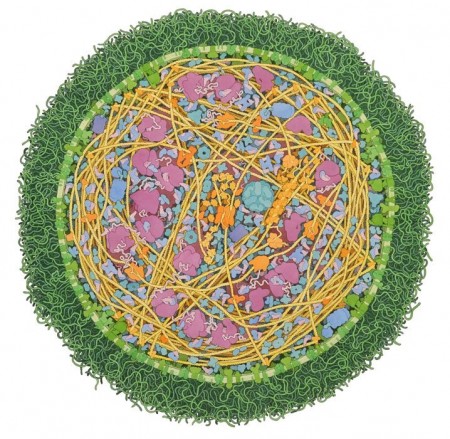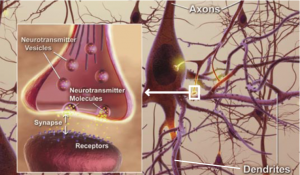By now, students should be well immersed in study for the Unit 3 exam in less than two weeks time. It is essential to create a study timetable that allows time for school, work, sport and study for each subject. Make sure you understand the key terms and definitions and can apply the various concepts included in “Biological Macromolecules” and “Detecting and Responding“.
Many students find that creating Flashcards helps them to remember key terms and concepts. You can do this online at Flashcardsdb and Quizlet and use the cards for revision.
Another great way to study concepts is to create concept maps, such as these hand-drawn ones at this site. You can also create concept maps online using FreeMind, Inspiration or Bubbl.us.
Quiz Revolution (previously called My Studiyo) is another online tool you can use for exam revision. Use this site to create multiple choice questions, with or without images, to test student knowledge.
Before your examination, make sure you:
- get enough rest and sleep
- eat sensibly, don’t skip meals or try to fill up on snacks – active brains need a balanced diet
- check on the starting time and allow plenty of time to get to your examination centre
- check that you have everything you need – make yourself a list
The materials you should take into the examination room with you include:
- one or two highlighters – you can use these to highlight action words that guide you in how to answer each question; key information and data in each question and questions that you know you may want to come back to during your 5 minutes checking time
- clear (transparent) ruler
- two pencils (with extra lead or a sharpener)
- eraser
- scientific calculator (either with new batteries or a back up scientific calculator)
Tips for during the examination
Using your reading time: One strategy that works for many students during the 15 minutes of reading time is to:
- Spend the first minute or two simply ‘flicking through’ the examination paper to gain a snapshot of the length of the paper, layout of questions, occurrence of figures such as graphs, tables and drawings.
- Check all pages and questions are present as described on the front cover of the examination booklet
- Follow this up with scanning each question very briefly to determine its focus; for example, is the question related to biological macromolecules, homeostasis or signalling molecules and ask yourself whether the question requires a definition, analysis of data, evaluation with evidence or is another type of question. (This may only require 6-8 seconds per question, and sometimes less.) It is not necessary at this stage to begin solving for the answers but simply allow your brain to begin processing the information.
- This will leave you with about five minutes to carefully read particular questions, during which time you may like to start mentally outlining your answers.
Once writing time begins, try to stay calm. You might like to start with a question that you feel is straightforward to answer. Use your highlighter to identify the ‘action words’ (such as name/nominate, describe, outline) to help keep you on-track as you respond to each question.
Students are warned against listing or describing more examples than asked for in a particular question, if you think of a better quality response than you first wrote, it is recommended that you clearly identify (by highlighting, underlining or circling) the examples you wish the examiner to assess.
If you find yourself writing much more than the lines and space provide for in a particular question, then it is possible that you are writing too much and you should consider using dot points. It is important that you allow yourself sufficient time. Attempt all questions, even if you are not entirely confident of your answers – examiners cannot award marks to empty spaces.
(This post was adapted from an article by Hayley Bridgewood and Gerry Healy, VCE Examiners).




